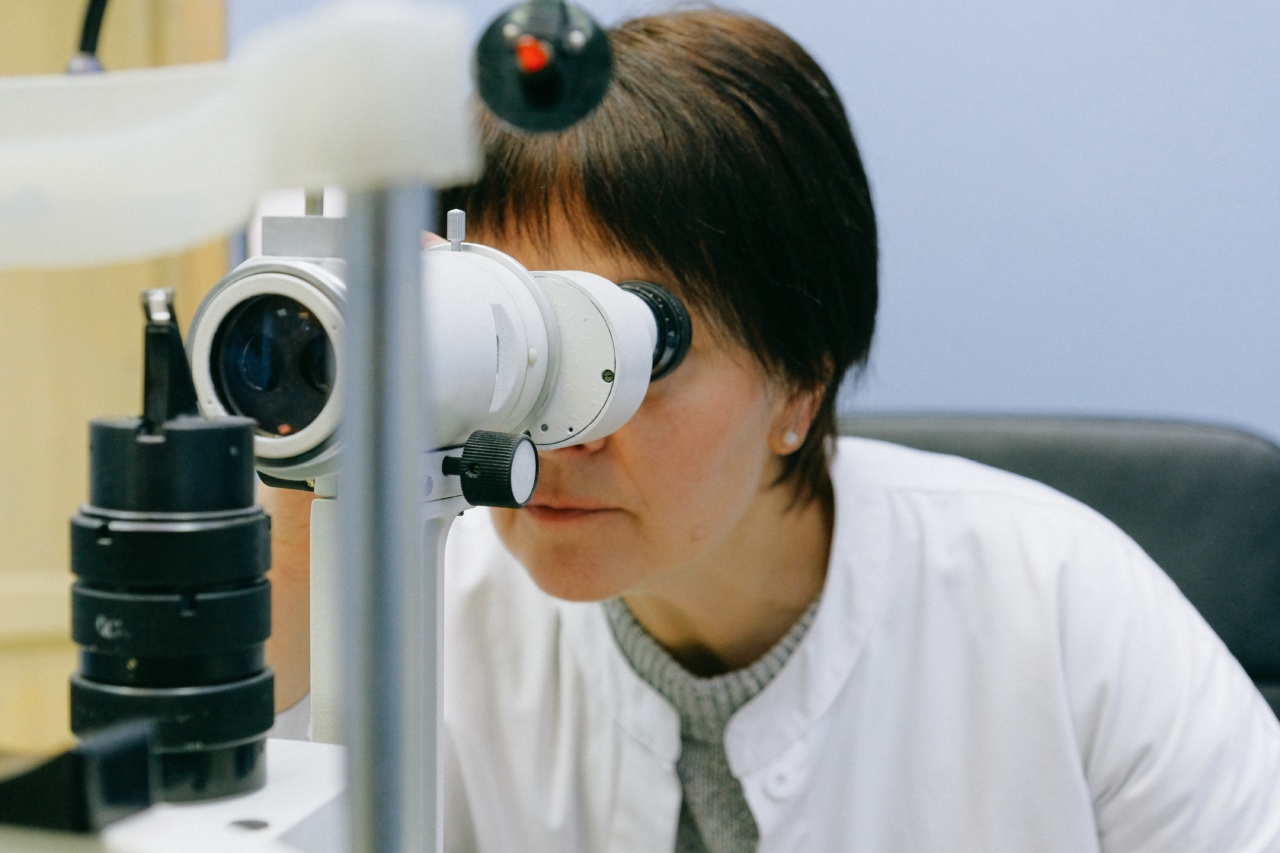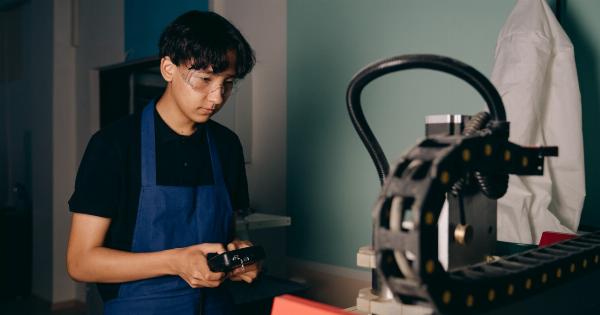The future of healthcare is looking increasingly promising, thanks to advancements in technology.
From Artificial Intelligence (AI) and machine learning to virtual reality (VR) and telemedicine, these innovative technologies are transforming the way healthcare is provided and accessed. In this article, we will explore the exciting possibilities that technology brings to the future of healthcare.
1. Artificial Intelligence in Healthcare
Artificial Intelligence has the potential to revolutionize healthcare by streamlining processes, improving diagnoses, and enhancing patient care.
AI-powered systems can analyze vast amounts of data to identify patterns, predict diseases, and recommend treatment plans. Additionally, chatbots and virtual assistants powered by AI can provide 24/7 support and answer patient queries promptly, reducing the burden on healthcare personnel.
2. Machine Learning for Personalized Medicine
Machine learning algorithms can analyze patient data, including medical records and genetic information, to create personalized treatment plans.
By considering individual characteristics, such as age, genetic predispositions, and lifestyle factors, machine learning algorithms can optimize drug prescriptions, reduce adverse reactions, and improve treatment outcomes. This approach leads to a more effective and tailored approach to healthcare.
3. Telemedicine and Remote Patient Monitoring
Telemedicine allows patients to receive medical advice, consultations, and even treatment remotely.
This technology eliminates the need for physical visits to healthcare facilities, making healthcare more accessible and convenient, especially for those in remote areas or with limited mobility. Additionally, remote patient monitoring devices enable healthcare providers to monitor patients’ vital signs and health conditions remotely, facilitating early detection of complications.
4. Virtual Reality in Healthcare Training and Therapy
Virtual reality has made significant strides in healthcare, being utilized in training healthcare professionals and providing therapies.
Medical students can now gain hands-on experience through immersive VR simulations, reducing the need for cadavers and enhancing learning outcomes. VR is also being used for pain management, anxiety treatment, and post-traumatic stress disorder therapy, providing patients with a non-pharmaceutical alternative for pain relief and psychological support.
5. Robotics and Automation in Surgical Procedures
Robotic-assisted surgery has become increasingly prevalent, allowing surgeons to perform complex procedures with precision and minimal invasiveness.
Robots can navigate delicate anatomical structures and provide superior visualization, enabling more accurate surgeries and faster patient recovery. Additionally, automation in healthcare settings, such as automated prescription dispensing, reduces the risk of human error and enhances safety.
6. Wearable Devices for Personal Health Monitoring
Wearable devices, such as fitness trackers and smartwatches, have become popular for personal health monitoring.
These devices can track various metrics like heart rate, sleep patterns, and physical activity, providing individuals with valuable insights into their health. Wearable devices can detect early signs of health issues, encourage physical activity, and allow for remote monitoring by healthcare providers, promoting preventive healthcare and proactive management of chronic conditions.
7. Big Data Analytics for Population Health
The vast amount of healthcare data available can be harnessed using big data analytics to improve population health outcomes. Analyzing aggregated patient data can identify disease trends, determine risk factors, and develop targeted interventions.
The insights gained from big data analytics help public health officials and policymakers make informed decisions and allocate resources efficiently, ultimately leading to better health outcomes for communities.
8. Internet of Medical Things (IoMT)
The Internet of Medical Things (IoMT) refers to the interconnected network of medical devices, sensors, and healthcare systems. IoMT allows for seamless data exchange, real-time monitoring, and coordination between healthcare providers.
For instance, smart hospitals equipped with IoMT can automate various processes, such as patient registration, appointment scheduling, and inventory management, leading to improved efficiency and reduced healthcare costs.
9. Genetic Testing and Precision Medicine
Genetic testing has become more accessible and affordable, allowing individuals to understand their genetic predispositions to various diseases. This information enables healthcare professionals to adopt a proactive approach to treatment and prevention.
Precision medicine utilizes genetic information to tailor treatment plans to individual patients, resulting in improved efficacy and reduced adverse effects. Genetic testing and precision medicine hold the promise of more targeted and effective healthcare.
10. Augmented Reality in Healthcare Education
Augmented reality (AR) has the potential to transform healthcare education by providing interactive and immersive learning experiences.
AR applications can overlay virtual information onto real-world scenarios, facilitating better understanding of complex anatomical structures and medical procedures. This technology enhances knowledge retention and improves the training of healthcare professionals, ultimately benefiting patient care.
Conclusion
The future of healthcare is undoubtedly intertwined with technology.
Artificial Intelligence, machine learning, telemedicine, virtual reality, robotics, wearable devices, big data analytics, IoMT, genetic testing, and augmented reality are just a few of the advancements reshaping the healthcare landscape. By embracing and integrating these technologies, healthcare providers can deliver more personalized, efficient, and accessible care, ultimately improving patient outcomes and enhancing the overall healthcare experience.




























